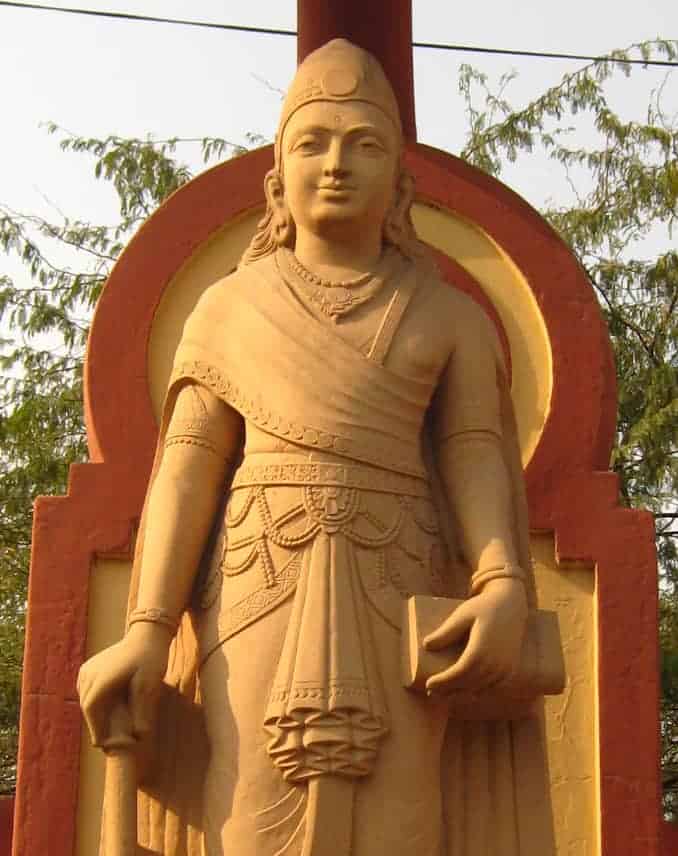
Chandrgupt Maurya
Chandragupta Maurya (reign: 321–297 BCE) was the founder of the Maurya Empire in ancient India. He was taught and counselled by the philosopher Chanakya, who had great influence in the formation of his empire. Together, Chandragupta and Chanakya built one of the largest empires on the Indian subcontinent. According to Jain sources, he later renounced his empire and became a Jain monk. Chandragupta’s life and accomplishments are described in ancient Greek, Hindu, Buddhist and Jain texts, but they vary significantly. In Ancient Greek and Latin accounts, Chandragupta is referred as Sandrokottos or Androcottus.
Chandragupta Maurya was a pivotal figure in the history of India, laying the foundations of the first government to unite most of South Asia. Chandragupta, under the tutelage of Chanakya, created a new empire based on the principles of statecraft, built a large army, and continued expanding the boundaries of his empire until ultimately renouncing it for an ascetic life in his final years.
Prior to his consolidation of power, Alexander the Great had invaded the North-West Indian subcontinent before abandoning his campaign in 324 BCE due to a mutiny caused by the prospect of facing another large empire, presumably the Nanda Empire. Chandragupta defeated and conquered both the Nanda Empire, and the Greek satraps that were appointed or formed from Alexander’s Empire in South Asia. Chandragupta first gained regional prominence in the Greater Punjab region in the Indus. He then set out to conquer the Nanda Empire centered in Pataliputra, Magadha. Afterwards, Chandragupta expanded and secured his western border, where he was confronted by Seleucus I Nicator in the Seleucid-Mauryan War. After two years of war, Chandragupta was considered to have gained the upper hand in the conflict and annexed satrapies up to the Hindu Kush. Instead of prolonging the war, both parties settled on a marriage alliance between Chandragupta and the daughter of Seleucus I Nicator instead.
Chandragupta’s empire extended throughout most of the Indian subcontinent, spanning from modern day Bengal to Afghanistan across North India. As well as making inlays into Central and South India. According to historical Jain accounts, Chandragupta would renounce his throne to become a Jain monk, and would travel away from his empire to South India and committed sallekhana or fasting to death. Chandragupta’s’s reign, and the Maurya Empire, set an era of economic prosperity, reforms, infrastructure expansions, and tolerance. Many religions thrived within his realms and his descendants’ empire. Buddhism, Jainism and Ajivika gained prominence alongside Vedic and Brahmanistic traditions, and minority religions such as Zoroastrianism and the Greek pantheon were respected. A memorial for Chandragupta Maurya exists on the Chandragiri hill along with a 7th-century hagiographic inscription.
Read More About Chandrgupt Maurya
Lists containing Chandrgupt Maurya :
55 Popular And Great Indian Rulers

India is one of the richest countries in the world in terms of history and heritage. Many great rulers in the history of the World have been born in our country. This list includes Indian kings and rulers of India who have ruled in India, from the BC era to modern India. There may be…
